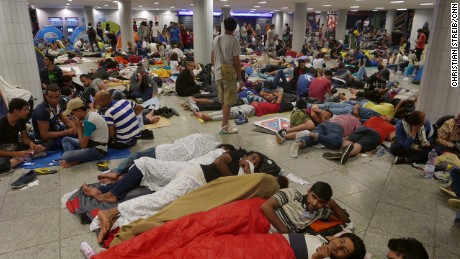Related travel tips:
If you're in the Rio area, see Zweig's last residence.
In Salzburg, you can visit the Stefan Zweig Center.
The World of Yesterday by Stefan Zweig
This autobiography chronicles the author’s experience of the death of an “old Europe,” really a continent that had just enjoyed 100 years of progress and relative peace, but one that began imploding with the outbreak of WWI.
Zweig traces his youth and childhood as the son of a Jewish industrialist, one of many such families that had achieved prosperity in an Austria-Hungary that, despite its often authoritarian nature, had recently developed more enlightened policies. Many readers will find it surprising, but he insists that the highest dream for Jewish parents is not for their son to become a doctor or lawyer, but rather an intellectual or artist. “I had [to complete] my university career and to bring home the doctor’s hood.”
He takes advantage of the leisure time that his father’s capitalistic pursuits had made possible, living in Paris and London, travelling extensively through Europe. In Europe, his most important encounters are with the artists and thinkers of his day: writers Romain Rolland, Maksim Gorky and James Joyce; composers Maurice Ravel and Arturo Toscanini; Sigmund Freud and a host of others. (His diligence about making such connections also leads to a major autograph collection, one that was, at best, dispersed after the Nazi occupation of Austria.) He continues these travels right up until the continent’s extraordinarily mild, pleasant summer of 1914. Even the news of the assassination in Sarajevo doesn’t unsettle him. The beautiful weather and his constant meetings with fellow artists and thinkers produce in him such euphoria and sensations of universal brotherhood that he can’t fathom the tragedy ahead.

 RSS Feed
RSS Feed